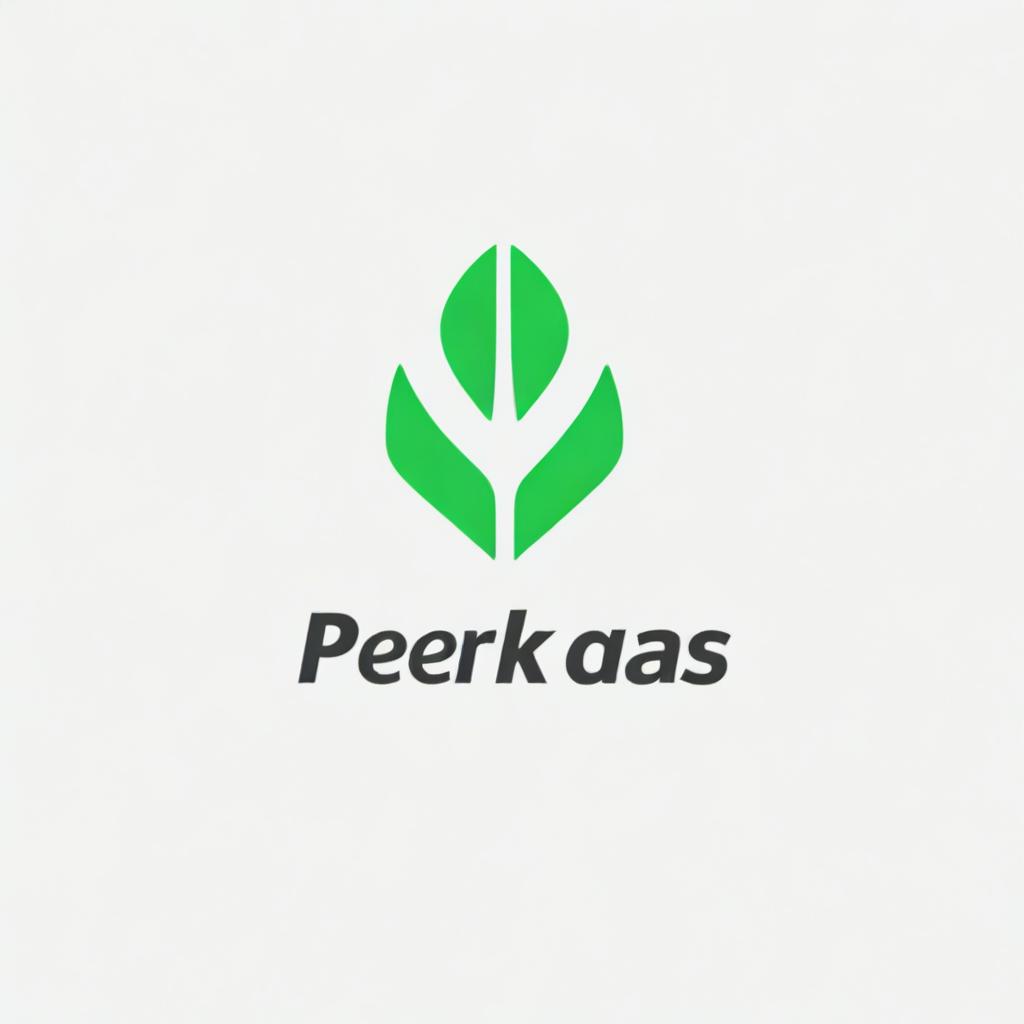The Ultimate PKS Test
conventionalink
Created 6/20/2024

Put your knowledge to the test and see how many correct answers you can get out of 20!
1. What does it mean when a horse paws?
The horse is frustrated and desires to move.
The horse is happy.
The horse is hungry.
The horse is tired.
2. What is the dominant herding behavior gesture called?
Snaking
Pawing
Bobbing
Snorting
3. What indicates a horse is becoming defensive and thinking about kicking?
Moving the hip in towards a threat or cocking a foot
Tossing the head high with the nose moving in a circular motion
Lowering the head with the nose pointed out
Elevating the head and tensing the ears
4. A frightened horse will most likely:
Elevate his head, tense his ears, raise and stiffen his tail
Lower his head and relax his ears
Chew and drop his tail
Take a deep sigh
5. Which of the following gestures indicate a horse is defiant?
Tossing the head high with the nose moving in a circular motion
Lowering the head with the nose pointed out
Elevating the head
Pawing at the ground
6. The desired relationship between horse and human is that of:
A herd of two
A pack of two
A team of three
An alliance of four
7. The alpha individual in a herd enjoys many perks but also has the responsibility of:
Protecting the herd and keeping order
Being the fastest runner
Finding new grazing fields
Playing with the young horses
8. Hand-feeding treats to a horse causes a horse to think he is:
Dominant because he controls the human’s actions.
Subordinate because he obeys the human.
Playful because he gets rewards.
Curious because treats are interesting.
9. When a horse encounters a problem such as an annoying pull on his mouth from the bit, he:
Begins to experiment on what he must do to make the annoyance go away.
Thinks about the origin of the annoyance.
Ignores the annoyance.
Seeks human help for the annoyance.
10. How many instinctive behaviors do horses have?
11. What is the meaning of 'nickers' in horse communication?
'Come closer to me'
'Go away'
'I am frightened'
'I am curious'
12. One difference between a dog and a horse is that a dog will leave safety for food, but a horse will leave food for:
Safety
Water
Companionship
Exercise
13. Any upward movement of a horse’s head indicates:
Tension
Relaxation
Contentment
Fatigue
14. Horses are herd animals because their survival depends on:
The herd
Individual strength
Human interaction
Solo activities
15. What do horses want most in life?
Safety and comfort
To be the fastest runner
To explore new territories
To compete with other animals
16. A horse’s snort is a sign of:
Alarm
Contentment
Hunger
Joy
17. To have a horse that is happy, respectful, and obedient, a human must first become his:
Leader
Friend
Servant
Companion
18. A nicker most often occurs just prior to being fed and is a way to:
Announce the horse's presence and anticipation.
Show irritation.
Express pain.
Indicate frustration.
19. Which audible horse expression is the longest and loudest?
20. If a horse makes an action to which the human reacts, who is in charge?
The horse is in charge.
The human is in charge.
Nobody is in charge.
The herd is in charge.

